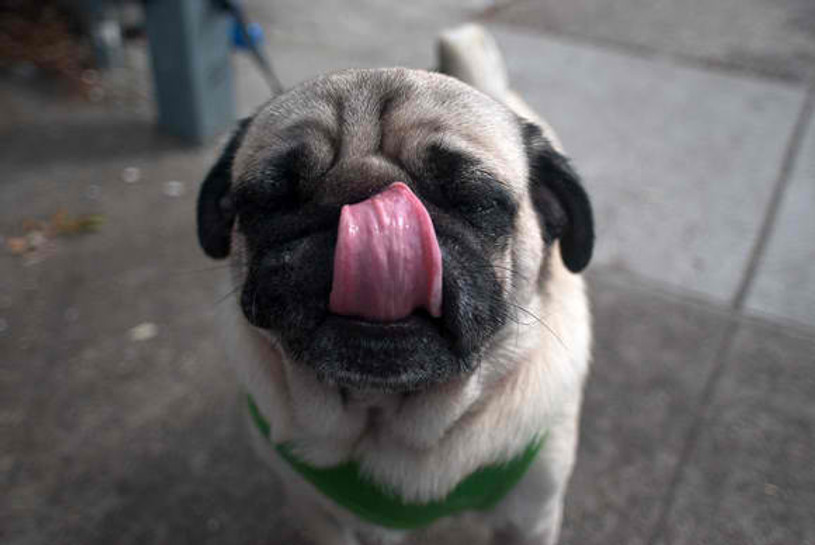The kit lenses that come with your DSLR are great for a couple things; a good zoom range and decent quality to get you started taking photos with your DSLR. For some people these lenses are all they will need, and will satisfy the majority of their photographic needs. However there are some limitations to kit lenses, whether it is the variable and slower maximum aperture of the lens, the lens doesn’t zoom far enough in, or maybe the lens isn’t wide enough! I would like to focus on the latter, wide angle lenses. There are plenty of options on the market and a few defining factors for each of the different types of wide angle lenses.
Standard wide angle lenses are typically 24mm – 35mm and most kit lenses will cover this range. I still would like to touch on these lenses because the fixed focal length versions of these lenses usually offer a much larger maximum aperture and sharper images in a smaller lighter package. When using a fixed focal length wide angle lens, you have the ability to photograph a nice wide area with very little distortion that you would want to correct later on.
Ultra-Wide Angle lenses are great in my opinion; they will give you a massive angle of view and open up your creative opportunities with the unique traits of an ultra-wide lens. An Ultra wide angle would be a lens in the 10-24mm range, and you can find these lenses in many different focal length options, as well as different variable and fixed apertures. When using an ultra-wide angle lens there are a couple things to keep in mind. If your camera is not level when taking your photo, the ultra-wide perspective will give a skewed perspective in the photo. For example you are taking a photo of a tall building, if you tilt your camera up from being level you will see the bottom of the building get wider, and the top of the building get much smaller. The inverse will happen if your camera is tilted below being level (the wider the angle of the lens, the more extreme the distortion will appear). When using an ultra-wide angle lens, beware of lens flare; use the included lens hood that came with the lens and be prepared to reposition depending on the angle of the sun. There are many creative ways to use an ultra-wide angle lens, try getting close to the focal point of the image, or getting low to the ground, or shooting from high above. The wide angle of view will distort the relationship between big and small in your photos and you can use this to your creative advantage.
Last but not least, fisheye lenses. This is the extreme end of the wide angle lenses, tons of distortion, super wide angles and lots of fun. A fisheye lens may not be the most practical purchase if you are looking for a wide angle lens for landscapes… However if you are into getting very creative, a fisheye is great for taking photos of kids, pets, extreme sports or anything that can pull off big rounded distortion. Fisheye lenses have a huge depth of field, if you focus on something a foot in front of you almost everything behind it is going to be in focus and you can use this to your advantage if you’re taking photos of scenes with lots of detail.
There are many ways and reasons to use a wide angle lens, I personally love being able to take photos in a perspective that isn’t natural to the human eye. It can make you re-think how you see an object or give a different impression of a scene by shifting the camera slightly and most of all it should inspire you to take photos in your own creative way!
Have a topic you would like covered in our blog? Leave a comment on this post with topics you would like to see! If you would like to share your photos with us, please email them toadvantage@bccamera.com.
Photos and Post by Corey Bradder





